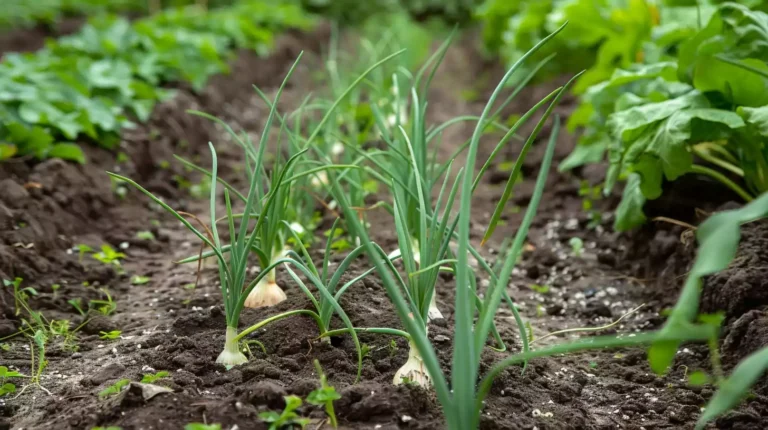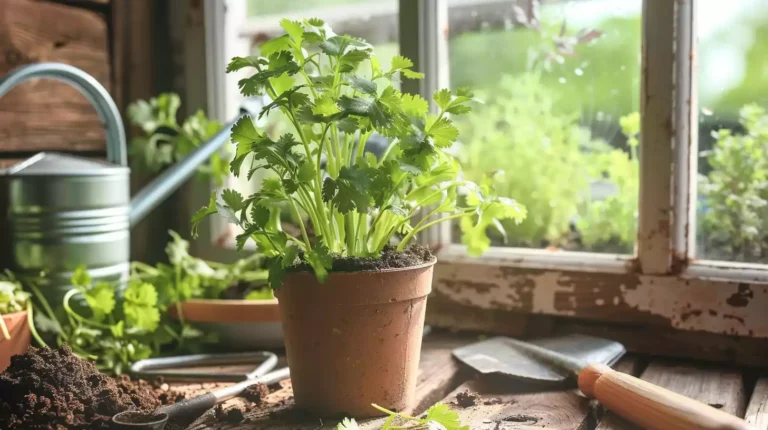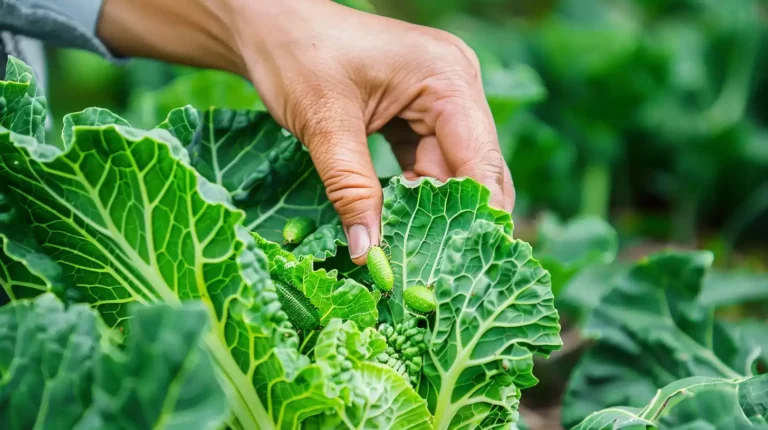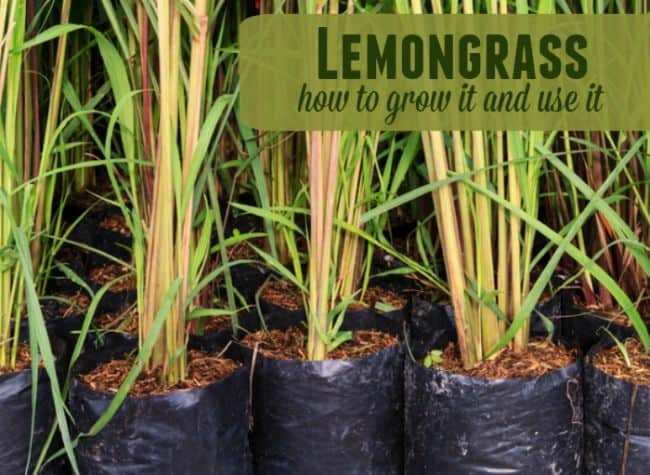How To Grow Pecan Tree : Pecan Tree Care
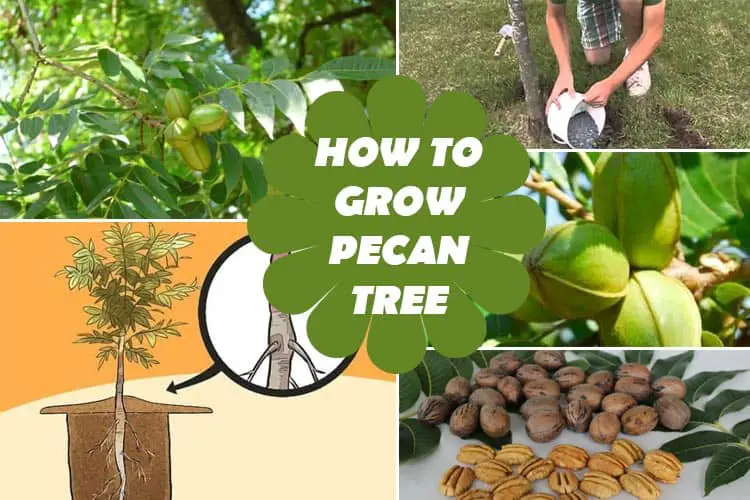
Learning how to grow pecan tree is easy! This post will show some basic steps to help you all to grow these trees that are famed for producing buttery nuts. A native of Mexico and America, the pecan tree is very popular as its nuts are used worldwide in baking and preparation of delicious desserts.

Image Credit: thomascountyag
Apart from nuts, the wood of the tree, too is used for making furniture. Growing a pecan tree is not at difficult. However, you do need to remember that growing these trees in small backyards or gardens is not favorable. You need to have a bigger space to grow them. Let’s look at some of the important steps to learn better.
Selecting a Pecan variety
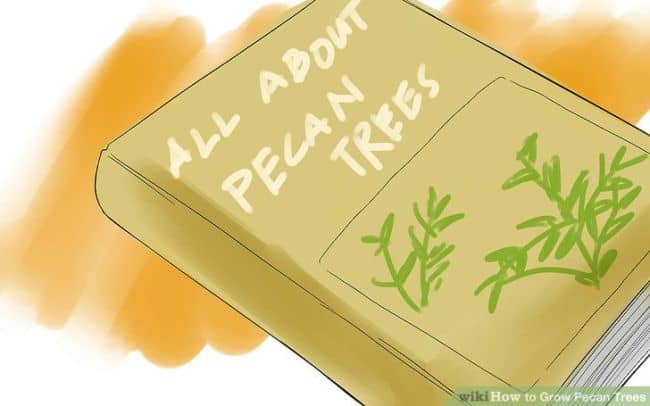
Image Credit: whstatic
Before you plan to grow a pecan tree, make sure to choose the right type of pecan for your small backyard or garden. There are different kinds of pecans, each having its own set of needs. Pecan trees tend to differ in size, and each variety produces different type of nuts.
So, its better that you do some research about the different varieties of pecan trees before zeroing on one. Select a variety that is resistant to cold and will not die in hard winters.
Also Read: 21 Best Ideas for Growing Fruit Trees in Containers
Take a look at these pecan varieties to have a clear understanding:
Amling
This particular pecan tree produces smaller sized nuts that are of very good quality, and is resistant to scab.
Elliot
It bears small nuts that are of good quality. The tree also produces fruits every alternate year and grows well in places like Georgia. However, do keep in mind that the Elliot variety doesn’t do well in northern regions.
Gafford
This particular pecan tree variety also bears very high quality nuts and is also resistant to insects.
Gloria Grande
If you live in a region that is affected by black aphids, then do not plant this tree as it is often attacked by these destructible insects. It produces thick shelled nuts every alternate year and the size of these nuts is pretty large.
McMillan
The McMillan Pecan Tree is popularly grown in Alabama in USA and is quite easy to maintain.
Sumner
The Sumner Pecan Tree also bears nuts every season but can be damaged easily as its susceptible to scab and insect attacks.
Choosing a location for planting a pecan tree
After you have zeroed in on the type of pecan tree you want to plant, its time for selecting a particular spot for growing it. Choose a spot that is sunny as pecan trees love sunlight. It is also important that you pick a spot that is not restricted in space. A pecan tree needs lot of space to grow as it can reach a good height, approximately 100 feet or sometimes, even more.
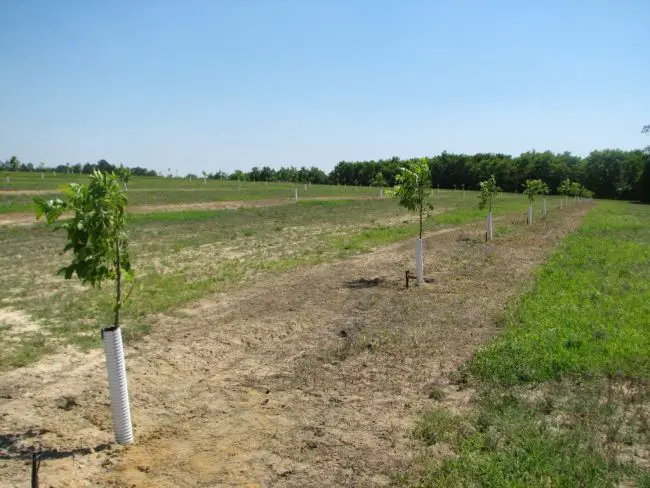
Image Credit: extension
When you are searching for the perfect spot, try to pick a location that has no other trees in the vicinity. There must not be any buildings close to the spot that you have picked for growing pecans. This is because a pecan tree, when growing, will reach taller heights and its branches may fall on the other trees and damage them.
If you have picked a spot in your orchard, then plant the tree by keeping a distance of 60 feet between it and other trees. And, if you are planting more then one pecan tree, then make sure to keep a spacing of at least 65 to 80 feet between each tree. Spacing is important as this will prevent the slow growing pecan trees from getting damaged and killed by others that grow faster. Over crowding is a serious threat to growing healthy pecan trees and therefore, must be avoided at all costs.
Requirement of a well drained soil
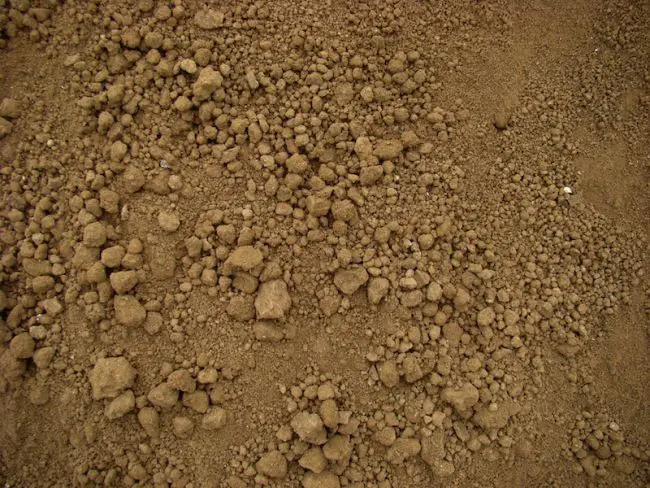
Image Credit: thomas-stone
If you wish to learn how to grow pecan tree efficiently, then you have to understand its need for a well draining soil. A pecan tree grows healthily when the soil chosen is sandy loam, a well drained soil. However, if it is not sandy loam soil, you can also use other soil types that drain well.
A pecan tree will not likely grow to its maximum limit if your soil is rocky or light or dry. This is so as pecans require regular watering in heavy doses. And dry soil will eventually kill your pecan tree if you do not irrigate the soil. Also, make sure that the soil that you are using for planting pecans is not frosty as this will have a damaging impact on these trees.
Also Read: Complete Guide to Grow Betel Leaf Plant
Important tips for planting pecan trees
Among a host of tips to grow your pecans optimally, here are the other two main considerations before you plant your pecan tree. Firstly, before planting, you need to decide whether you are going to use a bare root baby pecan tree or a container tree.
A baby pecan tree is small and more delicate with only roots. It is always a little affordable to buy baby trees if you are low on budget. If choosing a bare root baby tree, you have to buy it in winter, and plant the tree anytime between December to March.
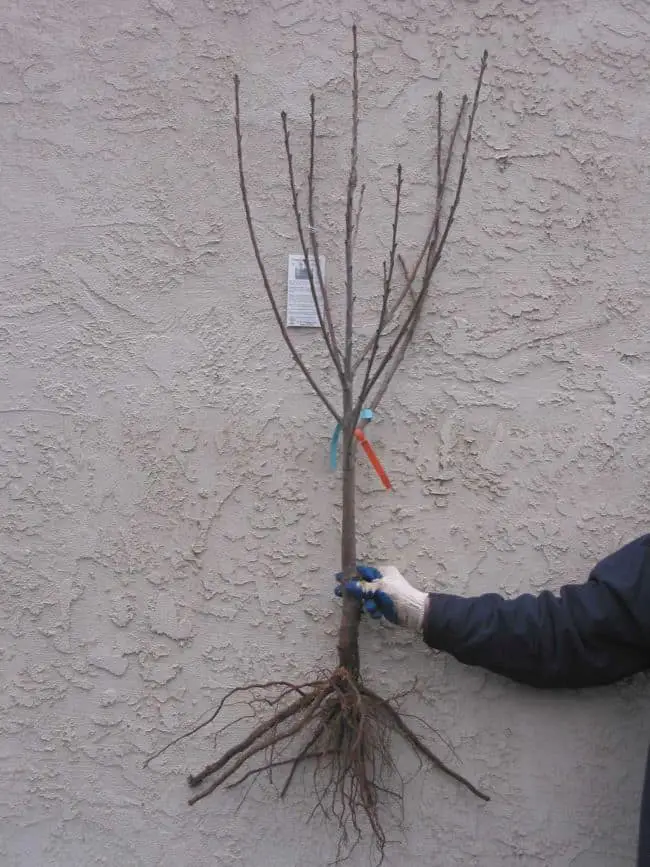
Image Credit: redwoodbarn
However, if you want, you can opt for a container tree that is slightly costlier than the baby tree. Though, it is expensive, it is stronger and harder than the bare root pecan tree. You have to plant the container tree anytime between October and May.
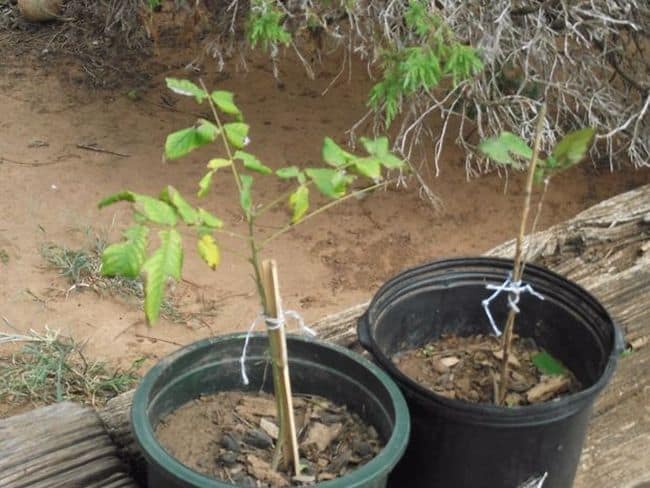
Image Credit: instructables
When planting a pecan tree, ensure that you do not leave the bare root or the container tree exposed to dry air. This will damage the roots and ultimately kill the tree. Therefore, it is best advised that you plant it the day you get your tree from a nursery. Pecans do not survive in dry soils. They need moist soil and thus need to be planted immediately.
Planting pecan trees
Growing pecans in gardens or orchards is not difficult, provided you follow certain basic steps. Here are a few tips when planting a pecan tree.
Make sure to remove dead branches, broken or dead roots from your pecan tree before planting it in the soil. In case, you spot entangled roots or decaying ones, you need to prune at least 1/2 portion of the tree. Doing this will result in healthy growth of the tree.
Pecan trees have an extensive root system. Therefore, make sure to dig a deep hole at least 3 feet in width and depth. If you do not plant the tree deeply, then, the root of the tree will not stretch out well and will stunt its growth. However, when planting the tree, ensure that you do not dig holes that are beyond the depth mentioned above. This will result in rotting of the roots and improper growth of the pecan tree. You can use a long headed shovel to dig deep for this purpose.

Image Credit: whstatic
After you have dug a 3 feet deep hole, place your pecan tree inside it. Keep the roots intact and in natural position. The taproot must not be damaged when setting the tree in the hole. Leave the trunk of the tree above the soil.
After you have planted the tree in the hole, fill at least 3/4th of it with water and start to fill with the soil simultaneously. Fill till the time you find the hole is completely covered with soil. Press down lightly so as to prevent the formation of air pockets.
Now, you have to follow a process called topping wherein you have to prune the top of the tree, at least 1/2 to 1/3 of it. Topping helps in proper growth of the tree roots.
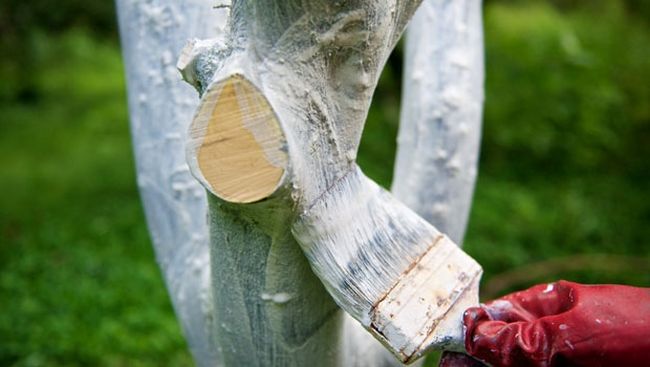
Image Credit: organicgardener
Once topping is done, its time to paint the trunk so as to protect the tree from the harsh rays of the sun. Paint the portion of the trunk that is above the soil and go up to the branches that appear first. Using white latex paint is a good option.
Mulching is next as it offers a protective shield or cover to the tree from weeds and frost. You can use dried leaves for this purpose and spread it along the base of the pecan tree planted on the ground.
Some important tips for pecan tree care
Here are the important steps in pecan tree care, all of which must be followed strictly if you want your tree or trees to grow healthily.
Watering
Watering of the pecan tree is a must. You must start watering the moment you have planted your pecan tree. However, excessive watering can cause rot to settle in the root system, and therefore must be avoided. But, make sure to water 10 to 15 gallons once weekly in the first six months of planting. Also, water the tree regularly towards the end of summer when the nut meat is getting formed.
Fertilizing

Image Credit: youtube
Fertilizing the pecan tree in the first year of its plantation is very important. You need to use a balanced pecan tree fertilizer in springtime, while, in summer, make use of a variety that has zinc sulphate, specially when the meat inside the nuts is getting formed. You can also fertilize the tree with farm manure in springtime. When fertilizing, make sure to apply a potassium rich fertilizer, 5-10-5 is most suitable. Also, keep in mind not to apply the fertilizer directly on the roots.
Mulching
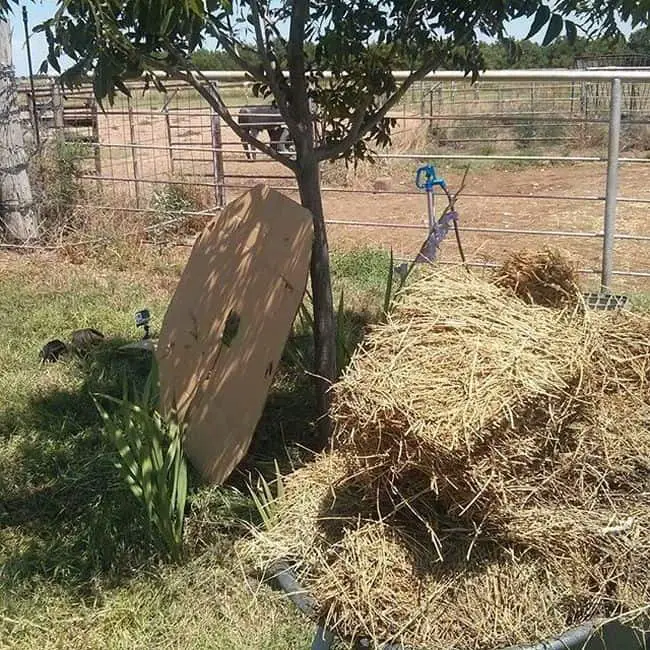
Image Credit: thefuturewegrowtoday
Mulching over the base of the pecan tree and the root system helps in controlling the spread of weeds. It also keep the soil moist for the tree to grow healthily.
Checking for Pests and Diseases
Inspect your pecan tree for any signs of pests or diseases. You can examine the tree regularly and can make use of special pesticide sprays to treat any insect infestation on the leaves or branches. The insects like aphids, weevil and pecan nut casebearer affect most varieties of pecans. Keep a check on birds and squirrels too as these hover around the tree for its delicious nuts. Some commonly spotted pecan tree diseases include bacterial leaf scorch and scab. Apply fungicides to tackle these diseases.
Pruning
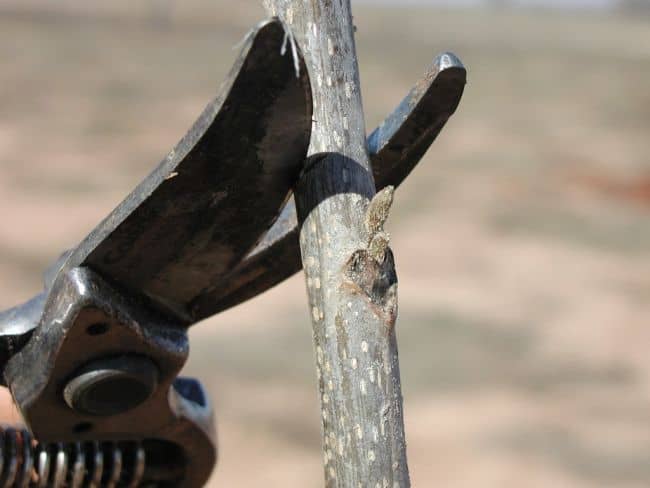
Image Credit: thomascountyag
Pruning is an important activity that has to be ticked in any pecan tree care routine. It has to be done when the dormant season is on. While pruning, make sure to remove dead wood, branches, and weak limbs. This is done to check on the unprecedented growth of the tree and also tackle the problem of weeds.
Harvesting Pecans
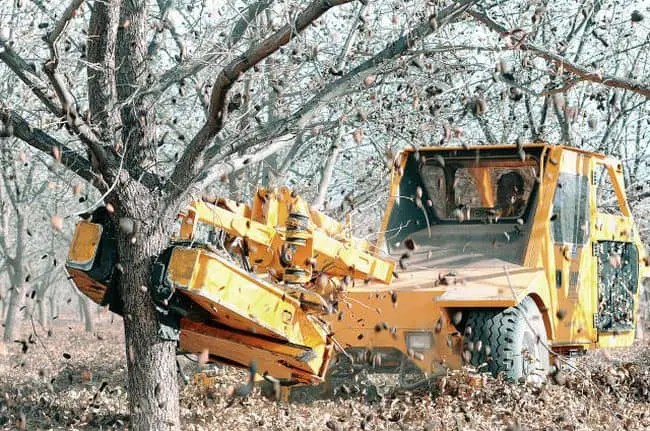
Image Credit: cloudfront
When learning about how to grow pecan tree, you also learn about the many tricks of harvesting it. But, do you know how to efficiently harvest pecans? Well, read the following tips that will clear your doubts regarding it.
Look for the signs. Pecan trees produce fruits in fall season when they are considered ready for harvest. The first signs of maturity of the fruits can be spotted when the husks loose their green color and also begin splitting.
Retrieve the pecans by shaking the branches of the tree. This will help you loosen up the nuts that will fall on the ground. You can then collect them. Or else, use a fishing pole to loosen the nuts from the open hulls.
If you can lay your hands on a commercial tree vibrator or a truck, then, get one and use it to loosen up the nuts from the open hulls.
Never leave the fallen nuts on the wet leaves or ground. This will cause sprouting of the nuts or may even lead to nut decay.
Also Read: How to Grow and take care of Persian Shield Plant
Storing Pecans
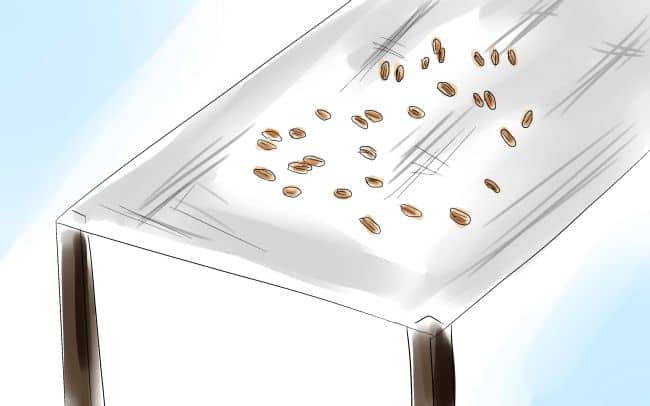
Image Credit: wikihow
Pecans can be used fresh or dried. If you wish to store dry pecans, you would have to take the freshly picked pecan nuts indoors. Then, spread them on a dry screen that is free of any dust or moisture. Let the pecans dry up for at least 2 weeks. You will notice that after the designated 2 weeks time, the pecan nuts will simply snap out when completely dry.
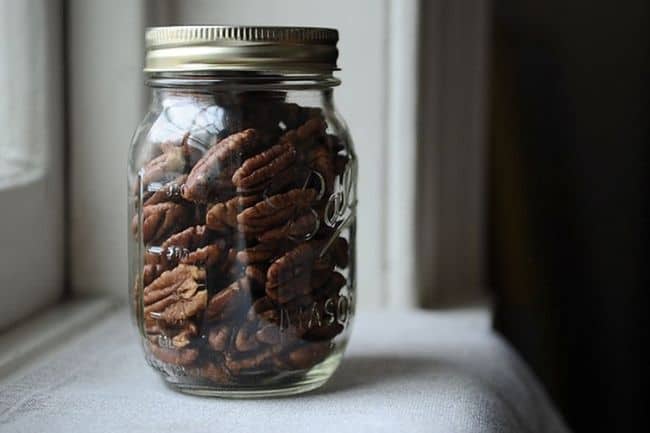
Image Credit: food52
Now, you can store your dried pecan nuts in an air tight jar and keep it in the fridge for at least six months. You can also store the dried pecans in the freezer compartment for a longer period of time.
Final Thoughts
From choosing the correct variety of pecan, selecting the best sunny spot, planting, watering, pruning, and using an appropriate pecan tree fertilizer, to proper harvesting and storage, there are a whole lot of steps to be followed in case you want to grow pecan tree in your backyard garden or orchard.

